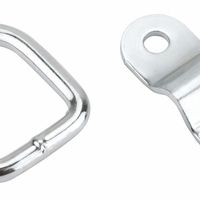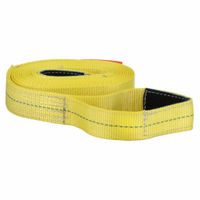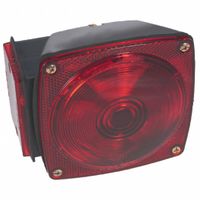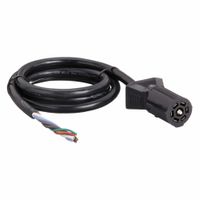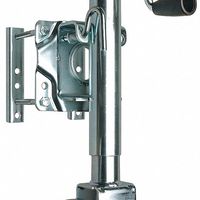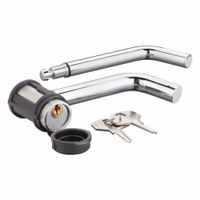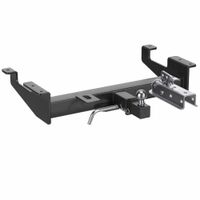- Home
- Fleet Vehicle Maintenance
- Towing Trailer Equipment
Towing & Trailer Equipment
Towing equipment includes hitches, chains, and other commercial towing products for making vehicle to trailer connections. Draw bars, hitches, and towing couplers secure trailers to towing vehicles. Towing straps and cables are used for towing vehicles or securing loads to trailers. Trailer electric .....Read More
Frequently Asked Questions
What are the different types of towing hitches?
How do I choose the right towing hitch for my vehicle?
What is the difference between a tow strap and a tow cable?
How do trailer brake controls work?
What is the purpose of a draw bar in towing?
How do I properly secure a trailer to a towing vehicle?
What are the safety considerations when using towing chains?
How do I install a trailer hitch on my vehicle?
What are the best practices for using trailer jacks?
How do I maintain and inspect towing equipment for safety?
